Ps5 Performance Can Be Equal To Which Gpu – Compare Ps5 To Gpus!
With the PlayStation 5’s release, many gamers and tech enthusiasts wonder how its graphics performance compares to PC GPUs. The PS5’s custom AMD RDNA 2 GPU brings impressive visuals, ray tracing, and high frame rates, but how close is it to a PC graphics card?
The PS5’s performance is similar to the NVIDIA RTX 3060 and AMD RX 6600 XT in gaming. Both offer great visuals, 4K support, and ray tracing. However, the PS5 is optimized for gaming, providing excellent performance at a lower cost.
In this article, we’ll explore how the PS5 GPU compares to various graphics cards, its real-world gaming performance, and what this means for PC gamers looking to replicate PS5 performance on their own rigs.
Overview of the PS5 GPU: What’s Under the Hood?
The PlayStation 5’s GPU is custom-built, based on AMD’s RDNA 2 architecture, which also powers AMD’s 6000-series PC GPUs. A brief summary of the PS5 GPU specifications is provided below:
- Compute Units (CUs): 36
- Clock Speed: Variable, up to 2.23 GHz
- Performance Output: Approximately 10.28 teraflops
- Architecture: AMD RDNA 2
- Ray Tracing Support: Yes
- Memory: The CPU shares 16GB of GDDR6 memory (448 GB/s bandwidth).
While teraflops are only one measure of GPU performance, these specs help us draw some comparisons with PC GPUs, especially when considering how the GPU performs in a highly optimized, console environment.
Is the PS5 GPU better than a PC GPU?

The PS5 GPU is powerful and optimized specifically for gaming, delivering high performance and impressive visuals. However, it’s generally not as powerful as the latest high-end PC GPUs. Mid-range GPUs like the AMD RX 6600 XT or NVIDIA RTX 3060 offer similar performance in terms of graphics power and features, including ray tracing. High-end PC GPUs like the RTX 3080 and 4090 surpass the PS5 GPU in raw power and flexibility for tasks beyond gaming, such as content creation and high-resolution, high-frame-rate gaming.
Comparing the PS5 GPU with PC Graphics Cards:
Determining an exact PC GPU equivalent to the PS5’s custom graphics hardware can be challenging due to the console’s unique optimizations and integration with the system’s other hardware. However, we can draw some comparisons based on performance metrics and gaming benchmarks.
1. NVIDIA GeForce RTX 2060 Super
The RTX 2060 Super offers roughly comparable performance to the PS5 in many gaming benchmarks, especially when ray tracing is enabled. Here’s a breakdown of how it compares:
- Teraflops: ~7.2 (though less than PS5, real-world gaming tests show similarity)
- Ray Tracing Capability: Yes, though not as efficient as RDNA 2
- Memory: 8GB GDDR6 (256 GB/s bandwidth)
In tests with games like Cyberpunk 2077 or Control, which utilize ray tracing, the RTX 2060 Super provides a performance experience close to what you’d see on the PS5, especially at 1080p and 1440p.
2. AMD Radeon RX 5700 XT
The Radeon RX 5700 XT, also built on AMD architecture (RDNA 1), is another GPU that performs closely to the PS5’s graphics hardware.
- Teraflops: 9.75, almost matching the PS5’s 10.28
- Ray Tracing: Not supported (unlike the PS5’s RDNA 2)
- Memory: 8GB GDDR6
In non-ray-traced games, the RX 5700 XT performs comparably to the PS5. However, due to the lack of ray tracing, it won’t fully replicate the PS5’s visuals in games that utilize this feature.
3. AMD Radeon RX 6600 XT
With an RDNA 2 architecture, the RX 6600 XT comes closer to PS5’s GPU in terms of features and ray tracing support.
- Teraflops: 10.6
- Ray Tracing Support: Yes, with better efficiency in RDNA 2 architecture
- Memory: 8GB GDDR6
The RX 6600 XT performs similarly to the PS5 across several high-demand games and supports ray tracing, making it one of the closest PC GPUs to replicate the PS5’s performance.
Real-World Gaming Performance: How Does PS5 Stack Up?
While comparing hardware specs helps, real-world performance in games is where the PS5 shines. Its integration of CPU, GPU, and SSD, paired with the power of optimization for a single hardware environment, means that many games run exceptionally well on the PS5, often at 60 fps in 4K or 120 fps in lower resolutions.
Here are some performance benchmarks to illustrate:
- Spider-Man: Miles Morales: Runs at 60 fps in Performance Mode, with ray tracing.
- Demon’s Souls: Achieves consistent 60 fps at 1440p, upscaled to 4K.
- Ratchet & Clank: Rift Apart: Ray tracing mode achieves smooth gameplay at 30 fps, while Performance Mode allows 60 fps.
The takeaway? The PS5 offers a blend of performance and visual quality that’s optimized specifically for gaming, often surpassing similarly spec’d PC GPUs due to its closed ecosystem.
Why Console Optimization Makes a Difference?

The PS5’s hardware operates within a highly optimized environment that ensures:
Unified Memory Access:
This speeds up data transfer between CPU and GPU, reducing bottlenecks.
System-Level Efficiency:
PS5 developers optimize games specifically for this hardware, unlike on PC, where games must cater to a wide range of setups.
Direct Storage Access:
The PS5’s SSD enables faster load times and seamless streaming of high-quality assets, enhancing game performance beyond typical PC expectations at similar hardware levels.
This optimization often results in better frame rates and graphical fidelity than what is achievable on comparable PC hardware without the same level of fine-tuning.
Is the PS5 GPU as powerful as a 3060?
The PS5 GPU is comparable to the NVIDIA RTX 3060 in gaming performance, with both supporting 4K and ray tracing. However, the PS5 benefits from custom optimizations for its games, often delivering strong performance. The RTX 3060 may have an advantage in tasks like content creation due to higher VRAM, but for gaming, they are quite similar.
The Best PC Alternatives for PS5 Performance:
If you’re looking to build or upgrade a PC that delivers performance close to the PS5, here are some great options:
- NVIDIA RTX 3060: This card offers excellent ray tracing support and, in many titles, delivers comparable performance to the PS5.
- AMD RX 6600 XT: With RDNA 2 architecture, this card matches PS5’s ray tracing capabilities and overall performance.
- NVIDIA GTX 1660 Ti (Budget): Although lacking ray tracing, this card offers solid 1080p gaming performance, making it a good budget option.
Each of these GPUs, paired with a high-speed SSD and a compatible processor, can help replicate the PS5 gaming experience.
FAQ’s:
1. What GPU is equivalent to the PS5?
The closest GPU to the PS5 is likely the AMD RX 6600 XT or NVIDIA RTX 3060. Both offer similar performance levels and support ray tracing.
2. How does the PS5 compare to the RTX 2060?
The PS5’s performance is roughly similar to the RTX 2060 Super, though the PS5 may edge out in certain games due to console optimization.
3. Can a PC match PS5’s performance?
Yes, with the right components like the RX 6600 XT, a PC can achieve similar gaming performance, though at a higher price point.
4. How does PS5 ray tracing compare to PC?
The PS5’s ray tracing is effective but falls between the RTX 2000 and RTX 3000 series in quality and performance.
5. What PC specs are needed to match PS5?
A Ryzen 5 or i5 processor, 16GB RAM, RX 6600 XT or RTX 3060 GPU, and SSD storage can match PS5’s performance.
6. Is the PS5 better for gaming than a gaming PC?
For cost-effective, optimized gaming, the PS5 is excellent. A high-end PC, however, offers more power and flexibility.
7. How much is a PC that performs like a PS5?
A PC matching PS5’s performance typically costs between $800-$1,200 depending on the GPU and SSD.
Closing Thoughts:
The PS5’s GPU offers strong gaming performance at a lower cost than high-end PC GPUs. While exact matches are difficult due to console optimizations, the RX 6600 XT and RTX 3060 are closest in performance. For a similar PC experience, GPUs with high memory bandwidth, ray tracing, and RDNA 2 architecture work best. Sony’s hardware-software integration keeps the PS5’s performance unique.
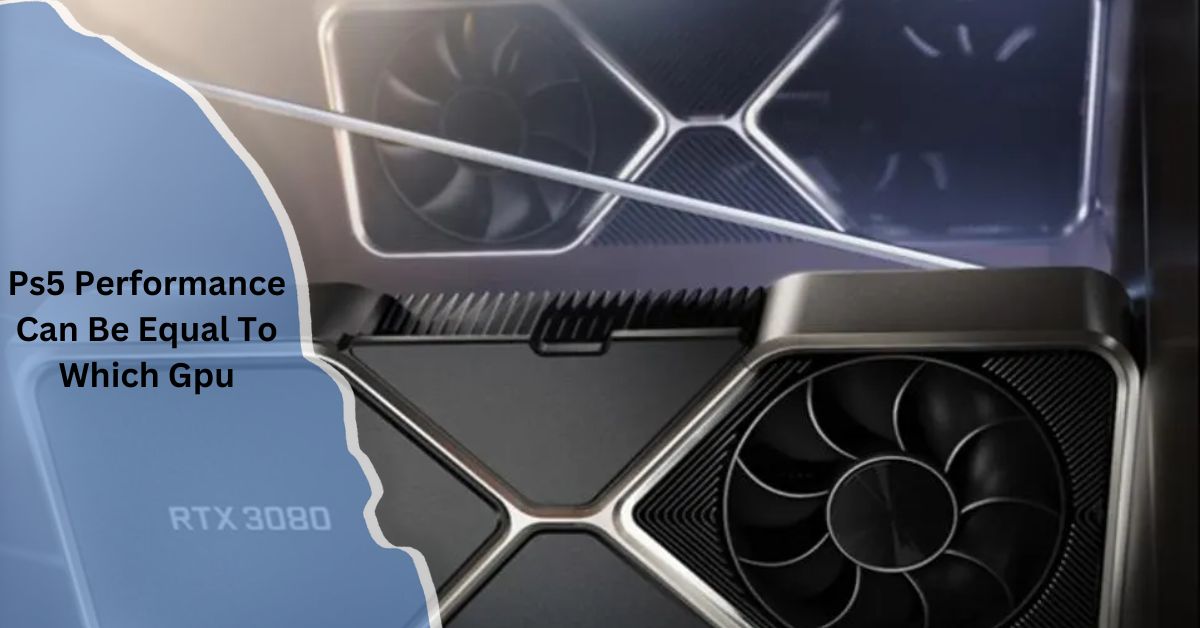
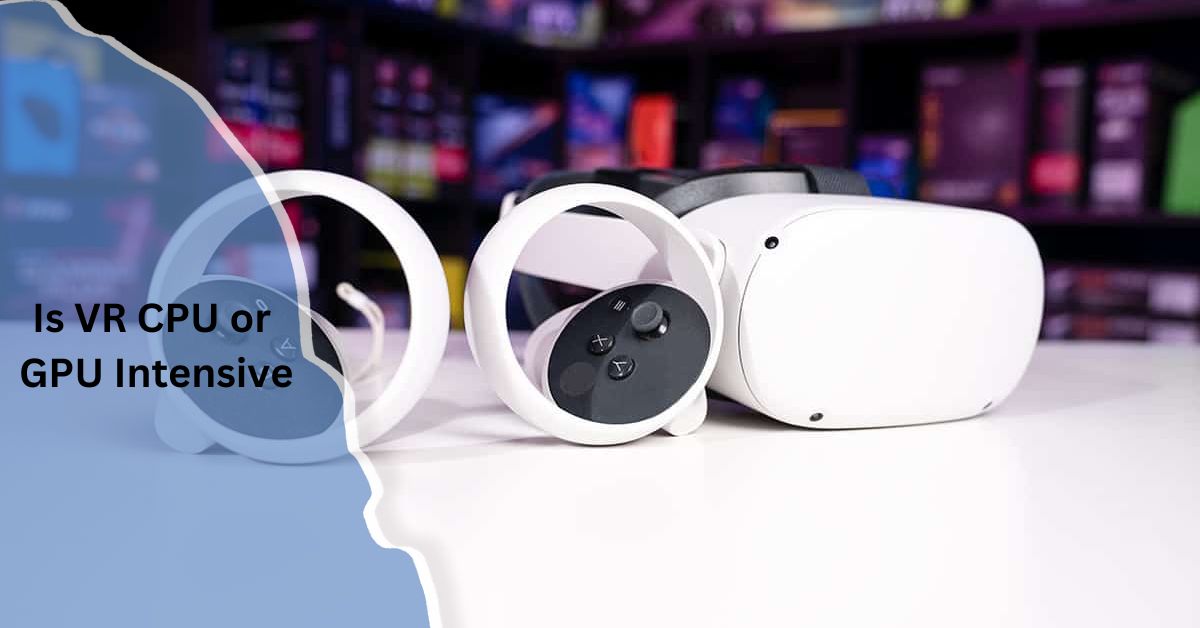
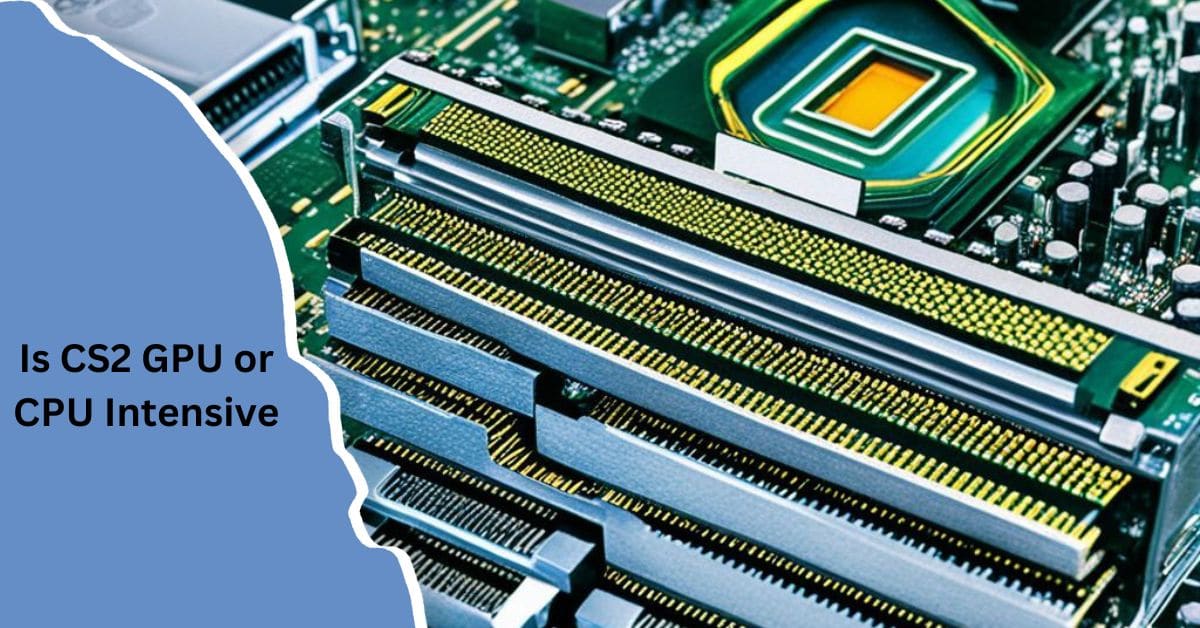
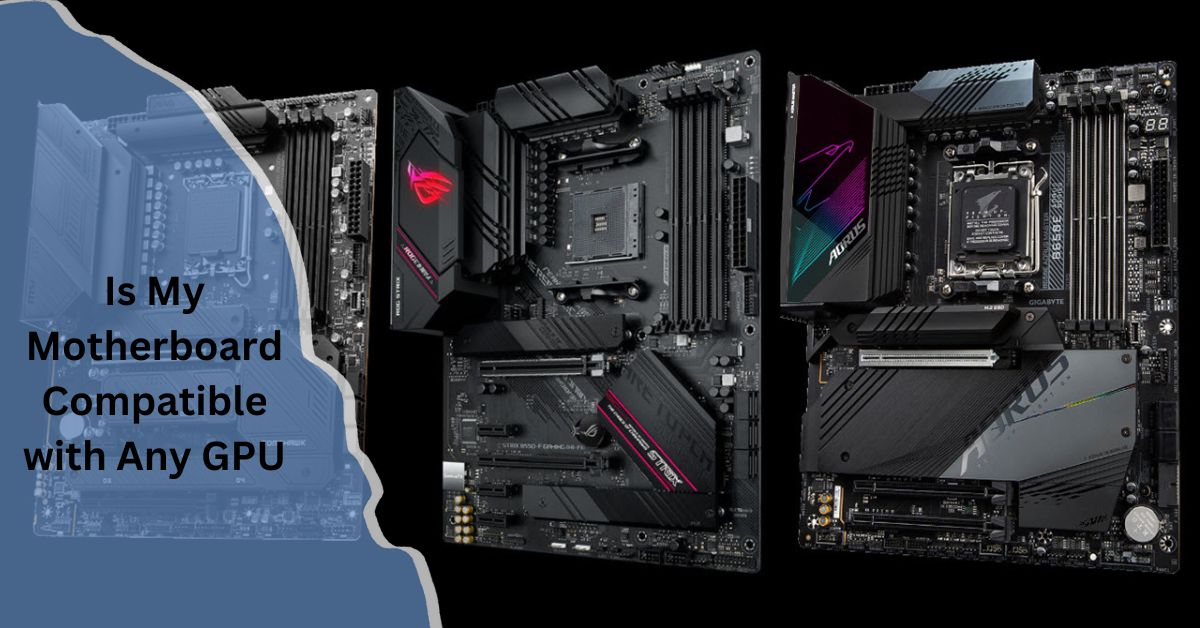
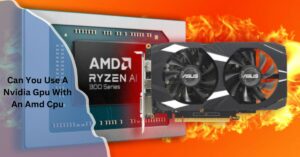
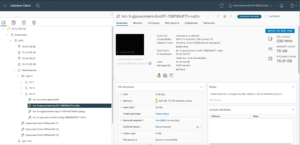
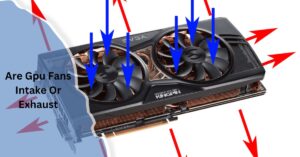
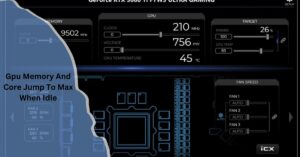




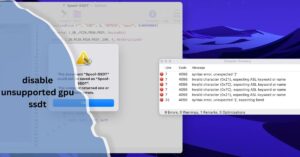
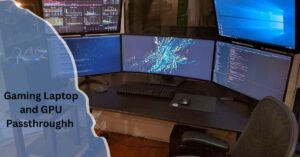
Post Comment